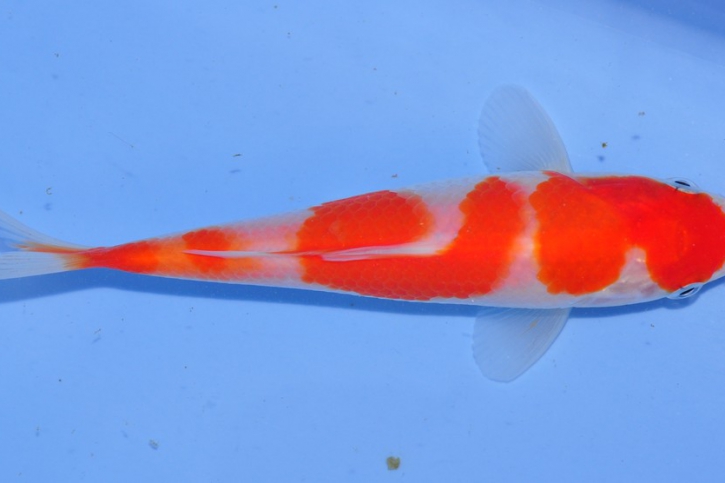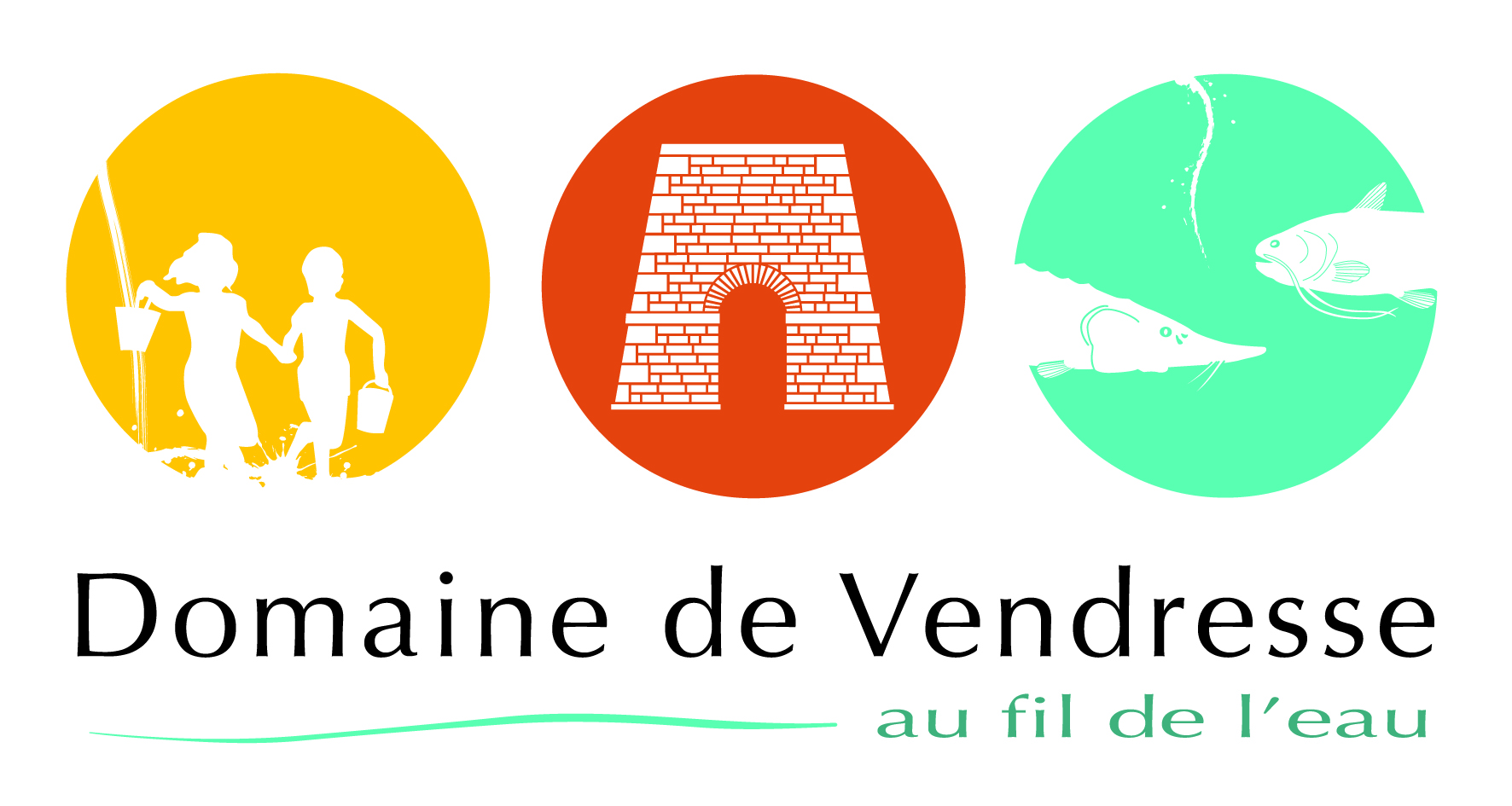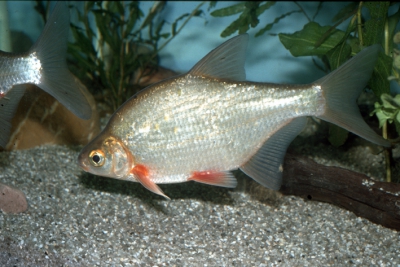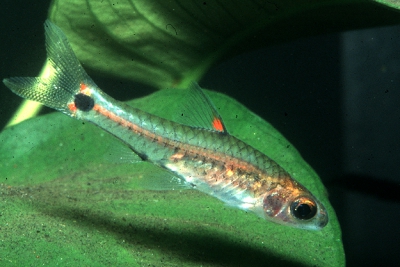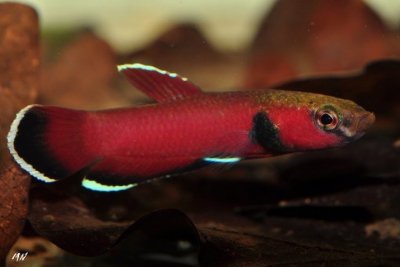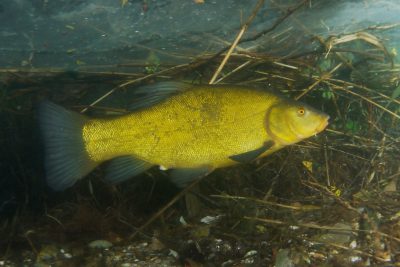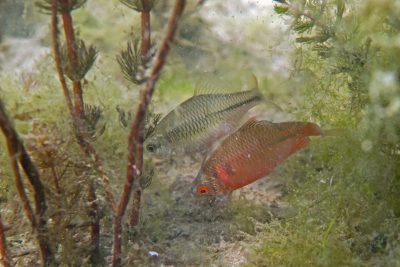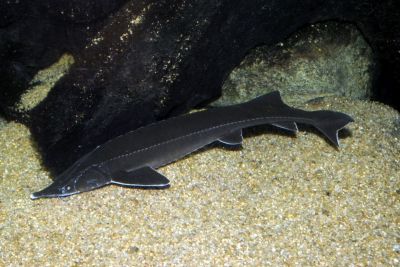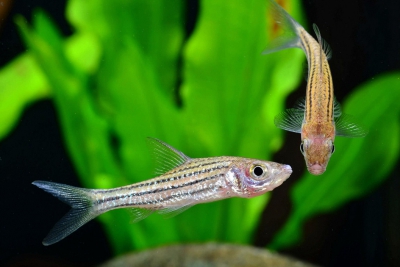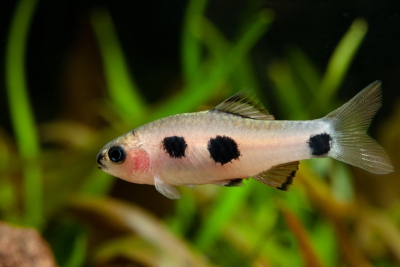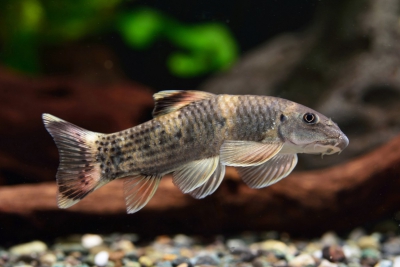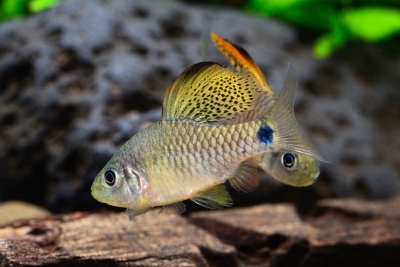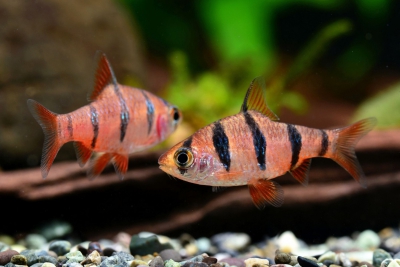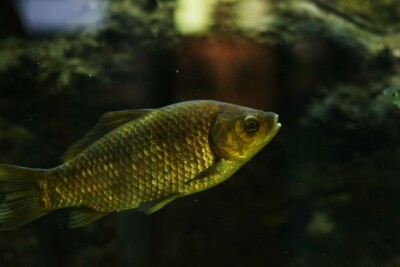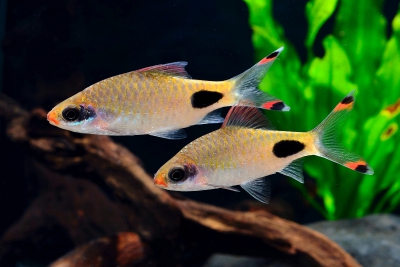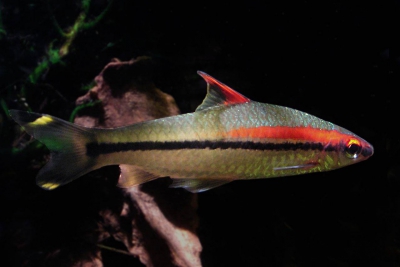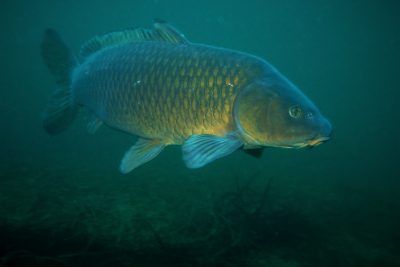Cyprinus carpio « Koï »
| Scientific name | Cyprinus carpio « Koï » |
|---|---|
| IUCN category (World) | NE |
| Family | Cyprinidae |
| Genus | Cyprinus |
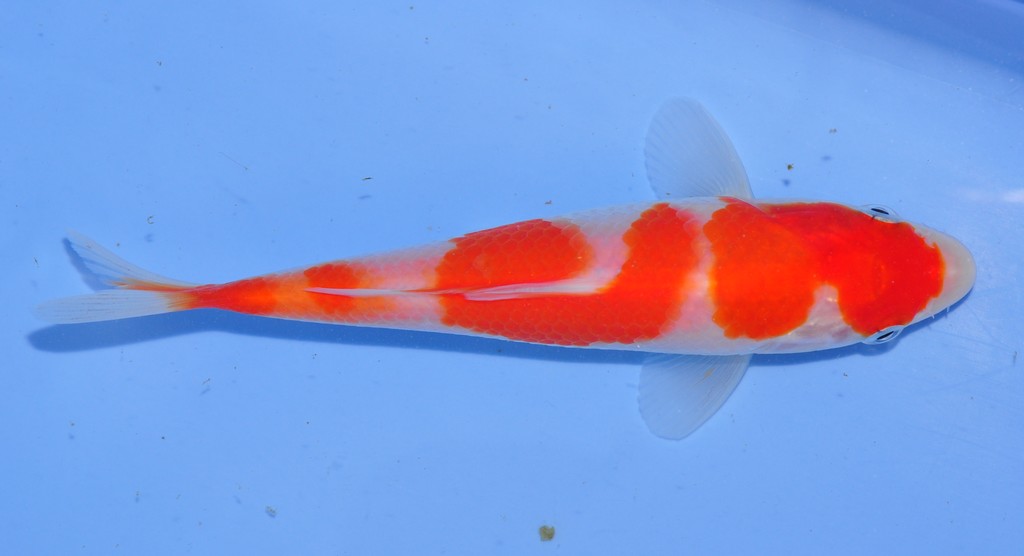

Introduction
Cyprinus carpio « Koï » is a fresh water fish from the Eurasia.
This sheet is currently being prepared. The texts currently proposed come from our data model or are being drafted. To request priority for this content, you can write to us HERE.
Who is it?
Morphology
-
Average size50 cm
-
Maximum size120 cm
-
ShapeOvoid
-
Average size50 cm
-
Maximum size120 cm
-
ShapeOvoid
How to recognize Cyprinus carpio « Koï » ?
This fish has the particularity to possess several pairs of barbels, which allow him to search the bottom and to detect the food thus moved.
Cyprinus carpio « Koï » measures around 50 cm. The females are more imposing and some specimens can reach 120 cm.
Sexual dimorphism
The female is bigger than the male.
The females have a more rounded abdomen than the males, they are generally stockier. This characteristic is exacerbated in the period of reproduction.
Behaviour & Life cycle
-
dietomnivorous
-
Sociabilityliving in shoals
-
territorialNo
-
Way of livingdiurnal
Cyprinus carpio « Koï » is a fish living in shoals naturally found near the bottom. This species is omnivorous .
n general, this species does not care much about other animals crossing its path.
Reproduction
-
Reproductionovipare qui pond en eau libre
Cyprinus carpio « Koï » is a fish ovipare qui pond en eau libre.
Harmless species
This species does not represent any particular threats to humans when encountered in its natural environment.
Where to find it?
What is its habitat?
Natural environment characteristics
-
Temperature10 - 25 °C
-
pH (acidity)7.5 - 8
-
gh (hardness)3 - 15
Biotope presentation
Species of the same biotope
Main recommendations for fishkeeping
Deontology
In order to preserve wildlife, if you acquire this animal, it must not be released into the wild. See also, the Fishipedia charter.
Fishipedia supports the practice of responsible and environmentally friendly aquarium keeping. We encourage maintenance if it is motivated by a desire to understand the biological functioning of living things and if it is done with respect for animal life.
We believe that aquaristics is an opening to the discovery of aquatic environments, especially freshwater, and that this knowledge is necessary to better protect and respect these environments. Logically, we refute the compulsive purchase of animals that would not find a sufficient and / or adapted place in the host aquarium.
Our recommendations
-
Min volume6000 liters
-
Population minnot specified
-
Temperature10 - 25 °C
-
pH (acidity)7.2 - 8
Characteristics
-
Difficulty breedingmoderate
-
Robustnessrobust
-
Behaviourpeaceful
-
Availabilityusual
Cohabitation & Environment
Being a living in shoals fish, it is advisable to install at least 0 individuals in an aquarium of 6000 liters minimum. Group maintenance is a prerequisite to ensure their well-being. Lonely individuals tend to quickly become stressed and become especially susceptible to disease. Although sometimes certain groups can "merge", mixing several gregarious species living in the same zone of life is not recommended if the volume is not consequent.
Cyprinus carpio « Koï » is a peaceful species that generally does not exhibit behavioral problems in a community aquarium.
Basic water maintenance
Cyprinus carpio « Koï » naturally living in basic water, the presence of limestone rocks such as millstone or travertine will improve its environment. It is also advisable to add sand with a contribution of specific salts to stabilize the pH, to be gauged according to the hardness of the water used.Tips for feeding
Cyprinus carpio « Koï » is omnivorous.
This species can eat dry food (flakes, pellets), fresh food and frozen food. To avoid deficiencies, it is recommended to vary the types of food.
You should not overfeed your residents to avoid polluting the water. For most species, it is better to feed a few small portions each day rather than one large meal.
Food recommendations from our partner JBL - Products PRONOVO
-
Granules
Reproduction protocol
-
egg-laying protectionNo
Hybridization risks
In general, it is advised not to mix several species of the same genus or different varieties of the same species, to avoid the risks of hybridization.
To go further
Sources & Contributions
Participation & Validation
The Fishipedia team and specialist contributors are committed to providing high-quality content. However, although the information comes from scientific sources or testimonials from specialists, the cards may contain inaccuracies.
Translation
Translation done with the valuable contribution of our translators, who make this information available to a wider audience. We sincerely thank them for their commitment.
Scientific partners
Tags
Species of the same family
Same genus
Species of the same biotope
